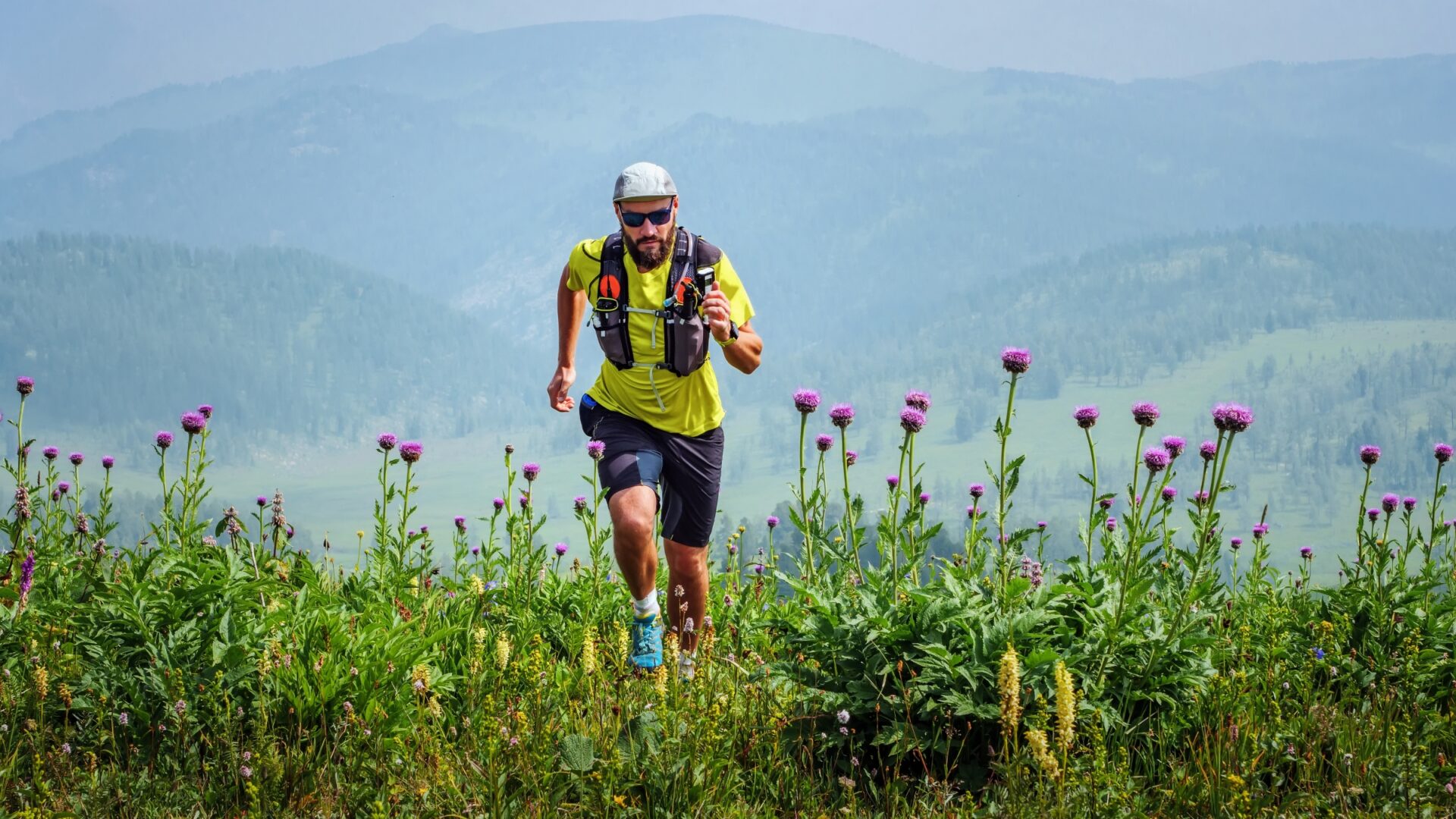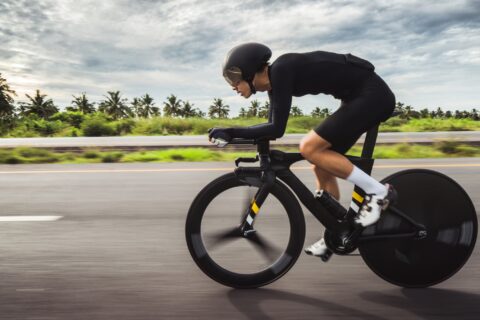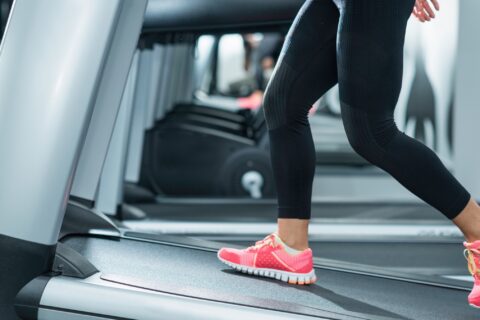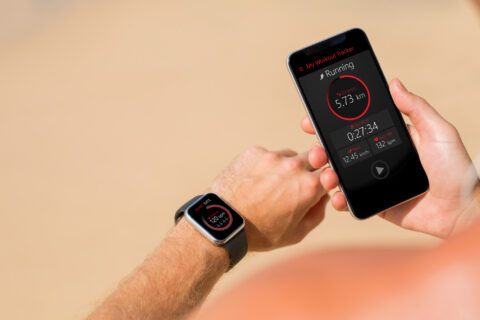What are the keys to success in ultra running, and are they the same across all distances?
What are the keys to success in ultra running, and are they the same across all distances?

What are the keys to success in ultra running, and are they the same across all distances?

What are the keys to success in ultra running, and are they the same across all distances?

Learn what aero sensors do for cyclists and whether or not the tech is worth adding to training.

This treadmill incline workout is great for building leg strength, incorporating more hill training, or as an off-season session for cyclists.

While many athletes and coaches rely on TrainingPeaks to analyze and archive their training data, there are several other notable programs worth considering.

Begin incorporating this routine at the end of your season so you can maintain running strength for next year.